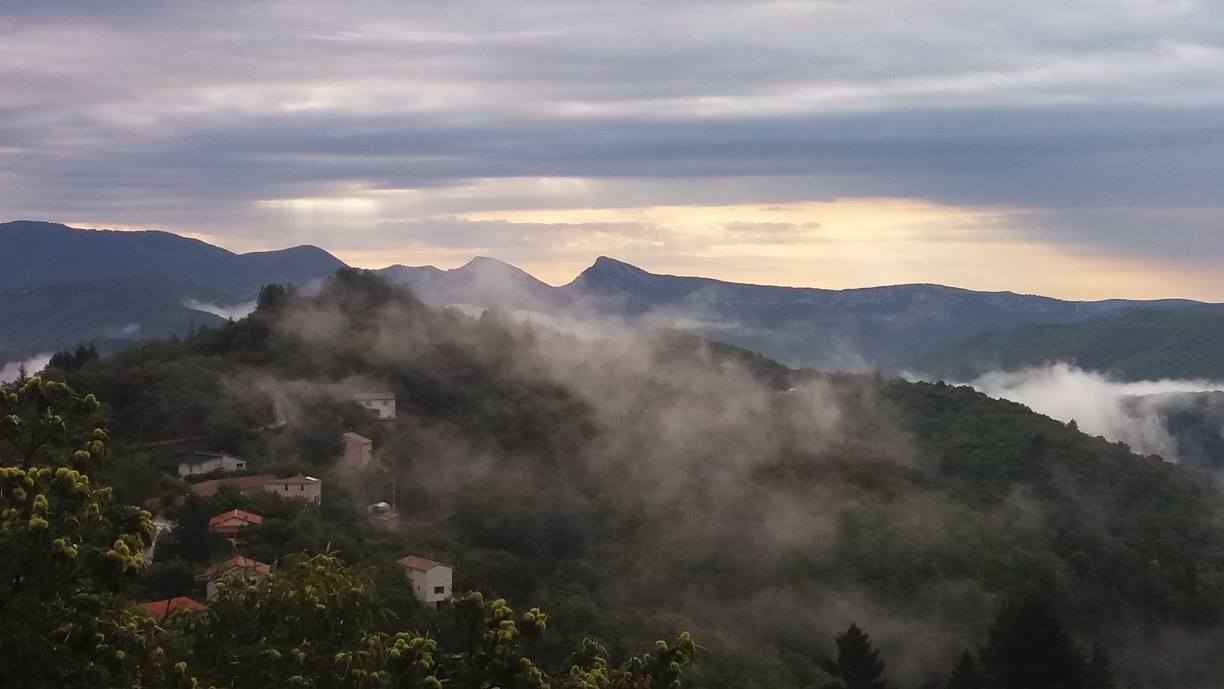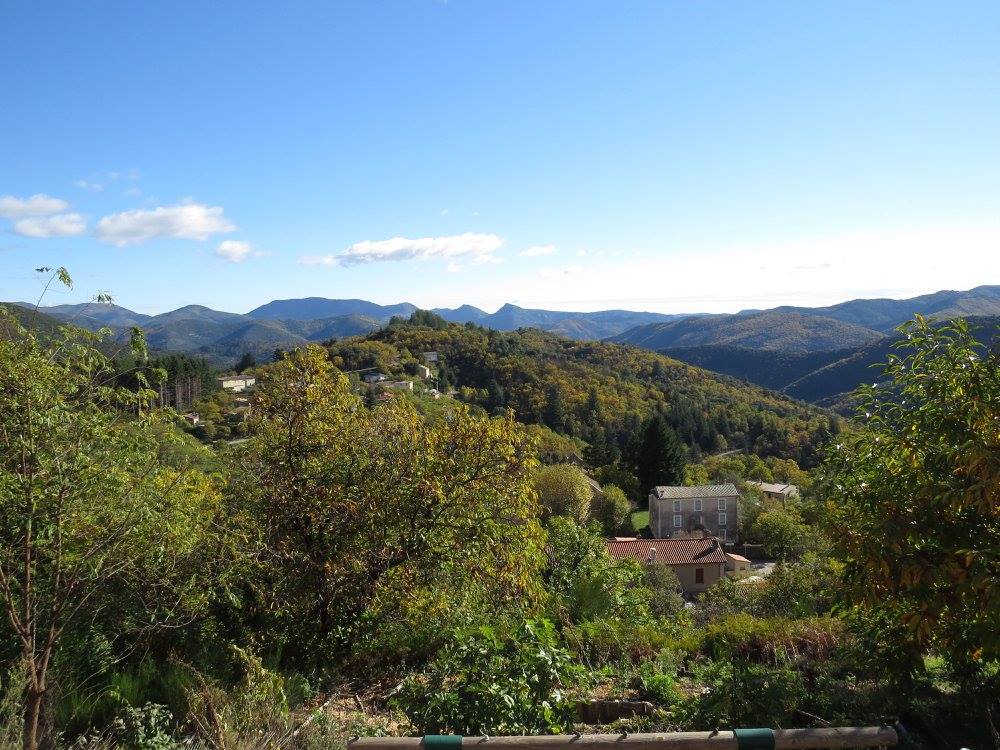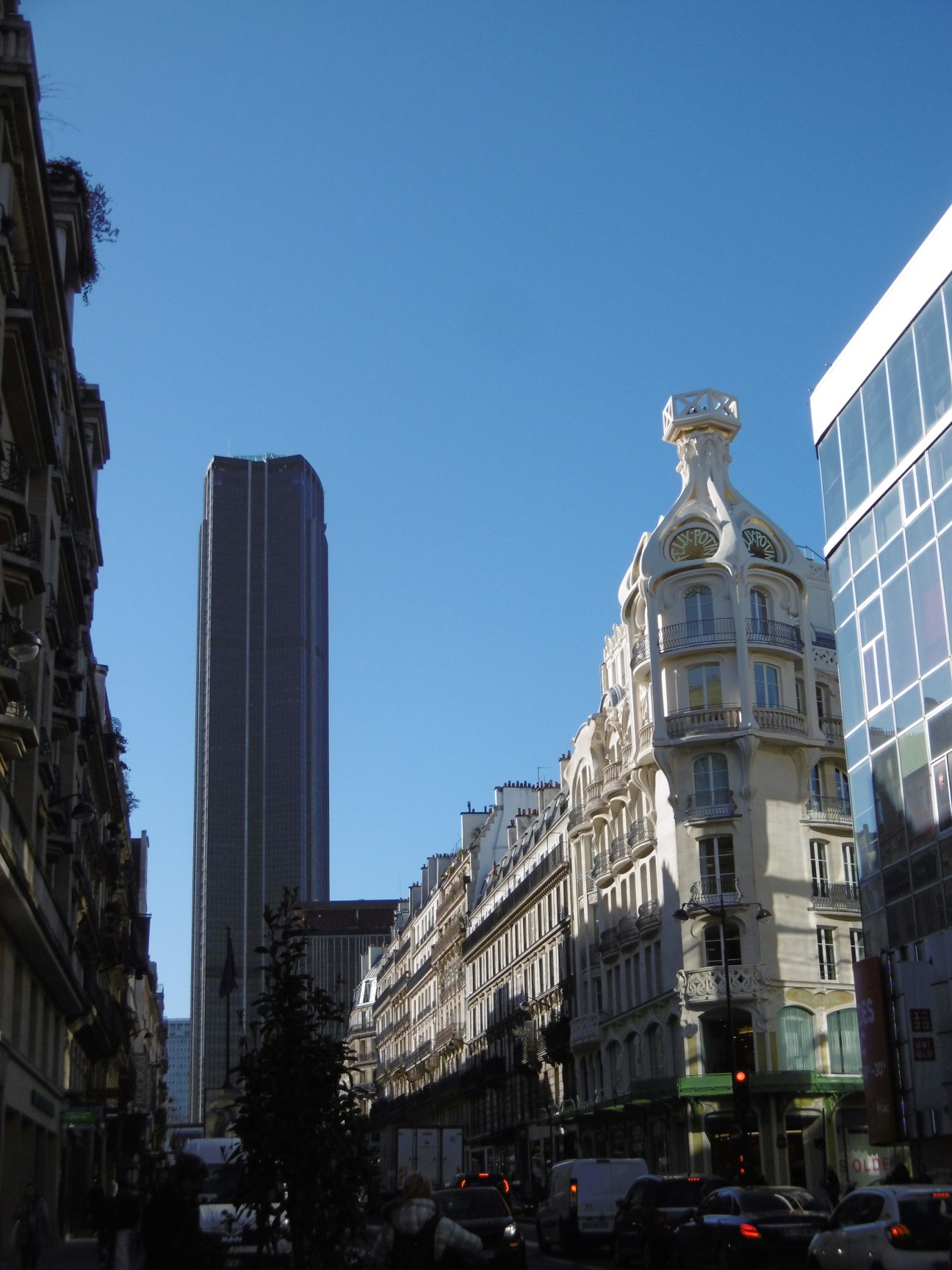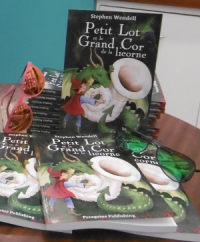Benjamin Franklin Potts Registers for the Draft
June 5, 1917, the Great War thundered across the fields of northern France. Earlier in the spring, a large-scale attack, called the Nivelle Offensive, failed with heavy casualties, resulting in a series of mutinies and mass desertions in the French army. In the Argonne Forest, a battle of mine-and-countermine, now two years in, was riddling the Butte of Vauquois with tunnels and craters.
In the United States, ten million American men, ages 21 to 30, signed their names to register to be drafted into military service. One of these was my great grandfather, Benjamin Franklin Potts.
In April, following the discovery that Germany was negotiating with Mexico to join the war against its northern neighbor, the United States declared war on the German Empire. The Selective Service Act of 1917 was enacted in May. It authorized the conscription of men to raise an army, allowing certain exclusions. Among them, having a dependent parent, or a dependent sibling or child under 12 years old, were considered good reasons to be exempt from the draft.
In addition to this date, three other national registration days were held. One, on the same date a year later, to register men turned 21 during the year, followed by a second, August 24, for the same reason, then a third, on September 12, which broadened the eligibility age, from 18 to 45.
All four sons of Jack and Ellen Potts were of eligible ages. Benjamin Franklin, who was called “Bennie”* by his family, was accompanied that day by his brothers: William “Roofy”* Rufus, Roy Albert, and Clyde Brake.
*The nicknames are recorded in the 1910 census (image) when Benjamin was 16 years old and Rufus, 20.
According to his draft registration card, B. F. Potts was 22 years old, short in height, medium in build. He had gray eyes and dark brown hair. Born September 18, 1894, in Slayden, Tennessee, by 1917 he resided in nearby Tennessee Ridge. He laid and repaired track for the Lincoln & Nashville Railroad. He was Caucasian, unmarried, with no prior military experience and no good reasons not to get some.
 Draft registration card, Benjamin Franklin Potts, June 5, 1917
Draft registration card, Benjamin Franklin Potts, June 5, 1917

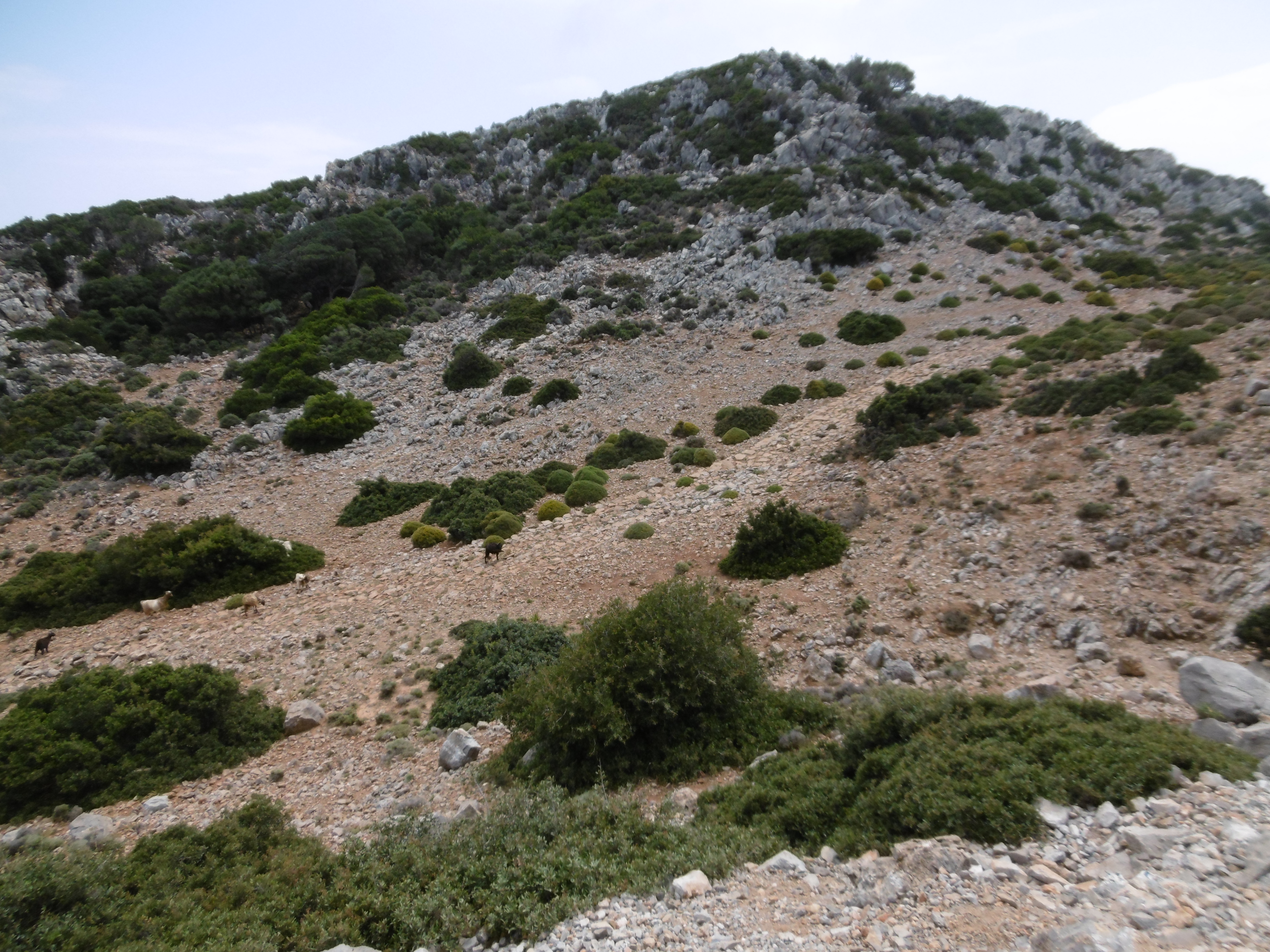

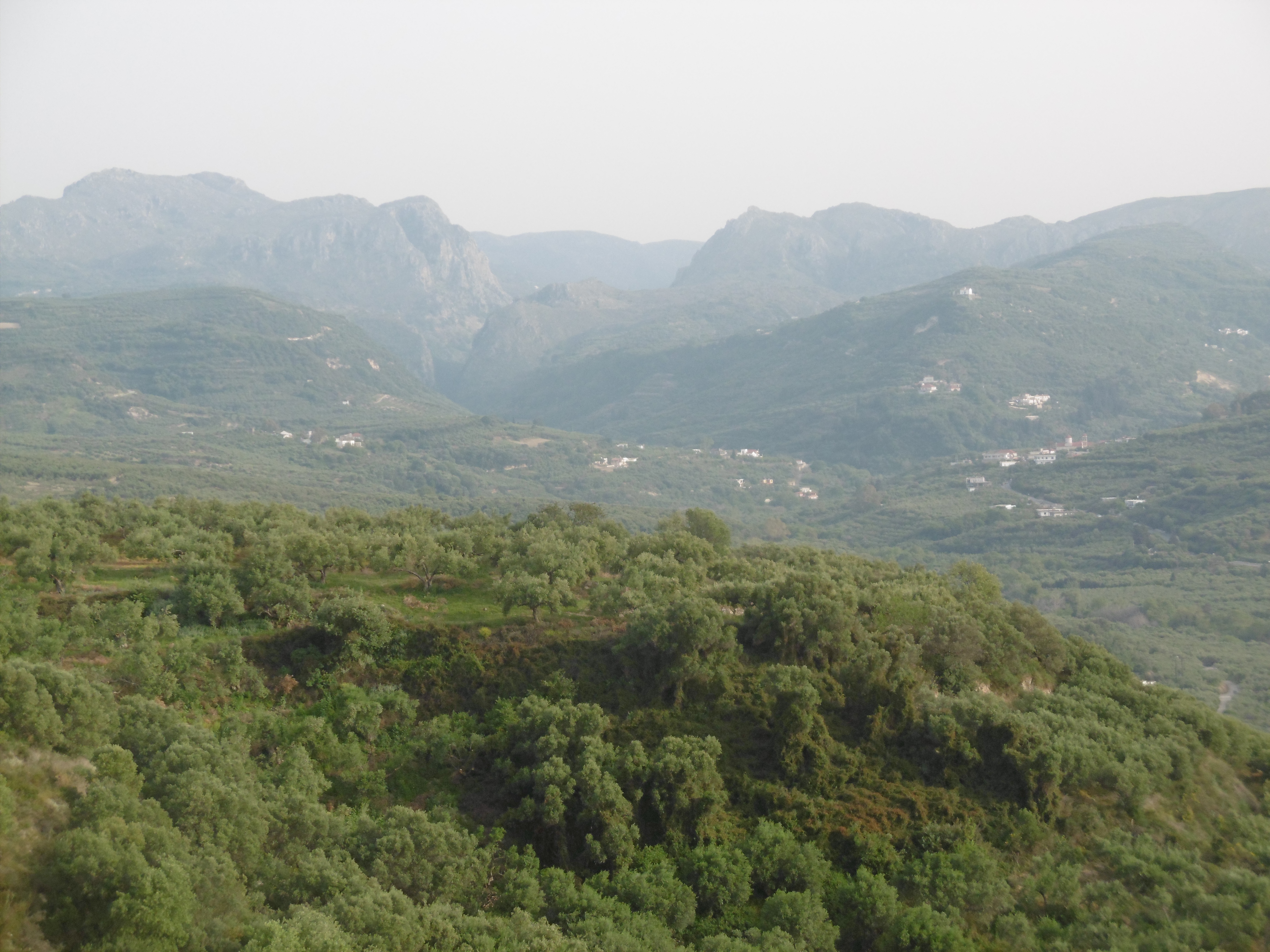
 “La librairie des puf” sells books from Les éditions PUF (Presses Universitaires de France), Belin, and Les éditions de l’Observatoire.
“La librairie des puf” sells books from Les éditions PUF (Presses Universitaires de France), Belin, and Les éditions de l’Observatoire.





